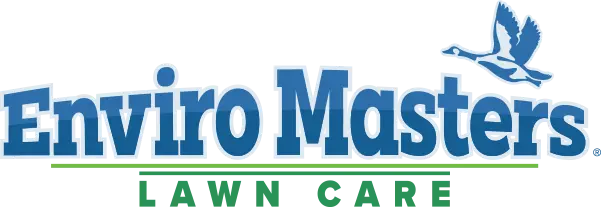Convenient Plans!
Learn About Our Lawn Services
An effective lawn care program requires a comprehensive and partnered approach and can be challenging to face alone, especially in our northern climate. That's why, at , we've taken the guesswork out of routine lawn care maintenance for Canadian lawns with comprehensive service offerings bundled into convenient and affordable packages; this way, you can confidently sit back and relax as we do all the heavy lifting and help you achieve the lawn of your dreams.
Find My Local Lawn Care Pro
*Only first three characters needed
